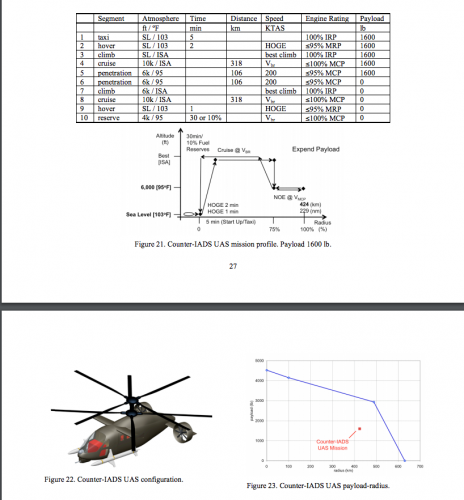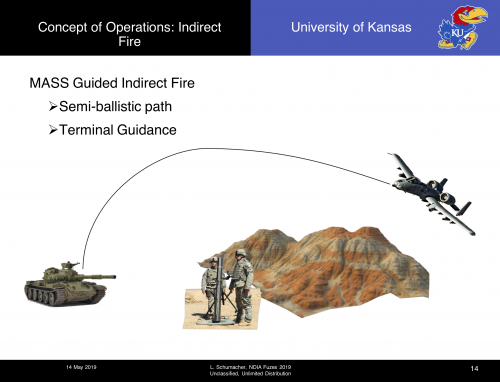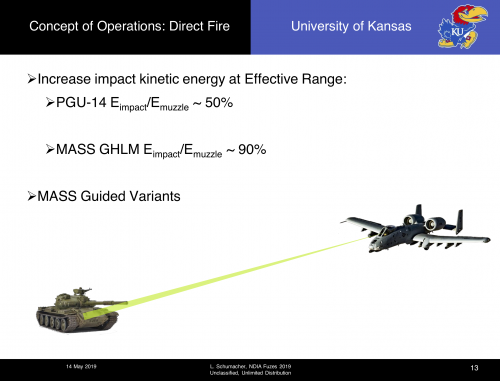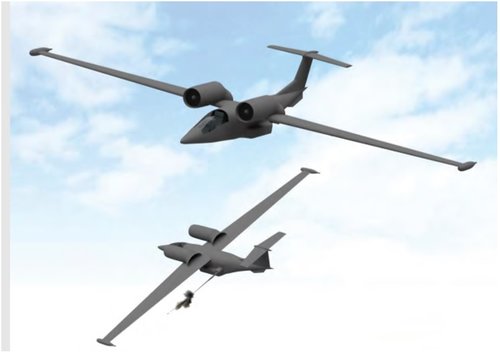AeroFranz said:
Does anyone know how fast artillery delivered from an M270 or HIMARS is arriving on target? that's kind of what i would think would be employed for Deep Fires. That and whatever long-range Fires weapon is being developed. Can that stuff really be intercepted?
Can TBMs and large caliber rockets be intercepted? Yes.
Can that stuff really hit a moving target and or destroy a tank? No.
IIRC, even the late Assault Breaker concepts where you had uplinks to the missiles from SAR/GMTI platforms,
those missiles still dispensed sub-munitions that were subsonic.
I suppose there's nothing preventing you from having MRM-KE type arrangement where
there's a kick-stage that fires once the sub-munition's seeker is tracking the target.









